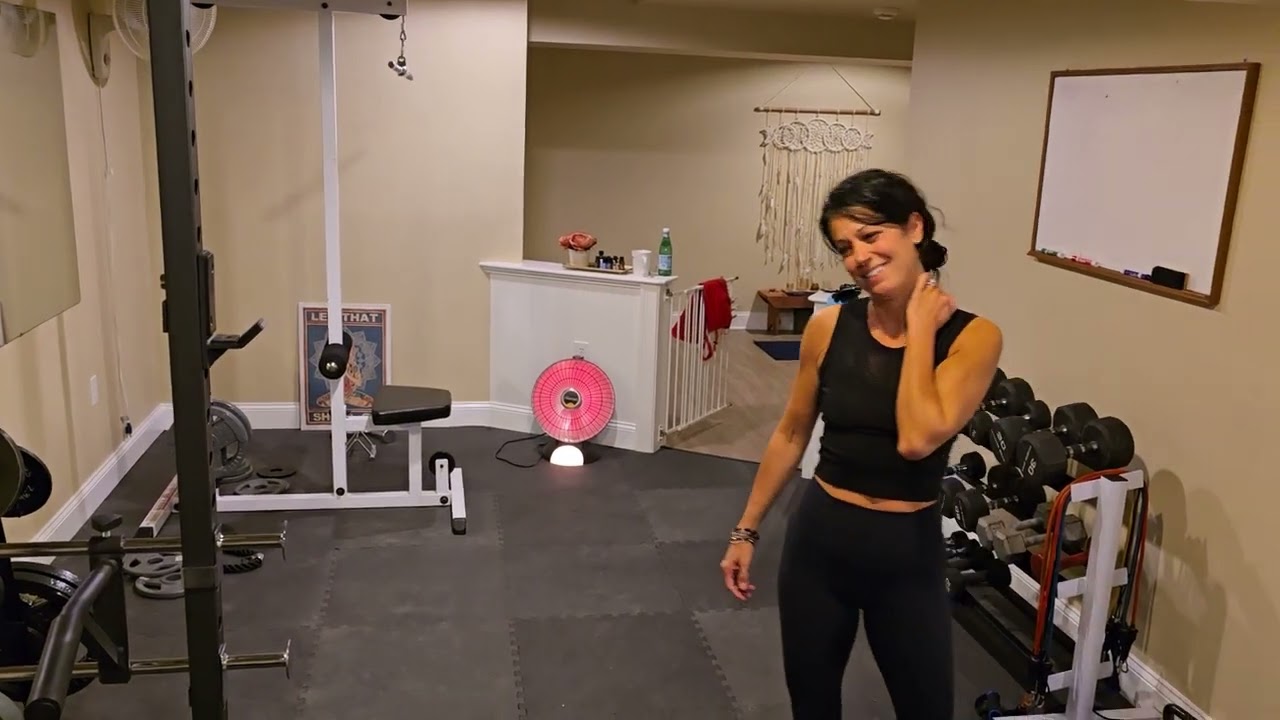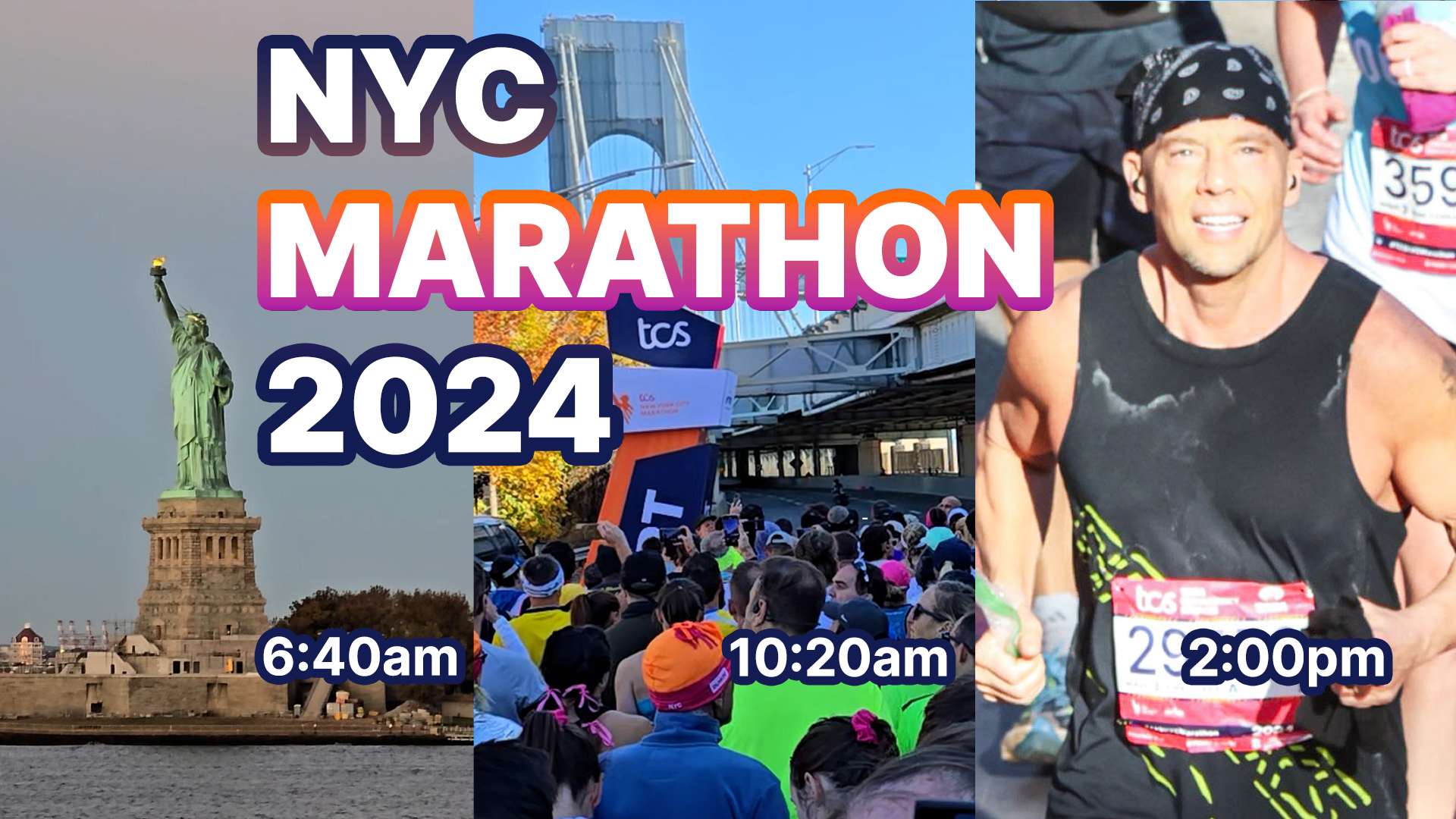
NYC Marathon Hybrid Training: 700 Air Squats in a Row, New PR, Workout Included #marathontraining
Before I began marathon training and before transitioning to hybrid training, I was focused on running and weightlifting. I did barbell squats, but not with the goal of improving my running or increasing run time—just for leg strength and as a throwback to my powerlifting days. Eventually, I introduced air squats, which became a key part of my routine. My hybrid training journey truly began after seeing a challenge on the YouTube channel “ThatsGoodMoney.” @thatsgoodmoney
The challenge had me doing 25 pushups and 25 air squats every minute for 10 minutes, totaling 250 reps:
That challenge opened my eyes to the potential of bodyweight exercises and freed me from the belief that all training had to be done in a gym with weights. For 20 years, my running was limited to no more than 2 miles, but this challenge inspired me to develop my own system blending calisthenics, strength, and endurance training, which has been crucial for my NYC Marathon preparation.
I learned the term “Hybrid Training” from Nick Bare @nickbarefitness, who has also been a significant inspiration for endurance training. Over time, I’ve evolved into what I call a hybrid trainer, combining air squats, barbell squats, hill sprints, running, upper body strength training, and flexibility training into a balanced routine. I often think back to my military basic training days, where nearly all the conditioning came from calisthenics, running, and stretching. Now, I use these different methods to not only build strength and endurance but also to enhance my overall fitness in ways that traditional running or weightlifting alone couldn’t provide.
Most recently, I hit a new personal record of 700 air squats in a row. This is a key part of my NYC Marathon training, and I explain exactly how and why I do this in my workout breakdown. Pushing through these types of challenges builds mental resilience, strengthens key muscle groups, and improves my running efficiency—giving me the solid foundation needed to perform at my best on race day.
For Beginners
Progression on a Walk:
While walking, stop every 0.25 or 0.5 miles to perform 5-10 air squats. This method breaks up the walk and adds lower body strength work in small, manageable doses. For beginners, it’s an easy way to start building strength without feeling overwhelmed. Over time, increase the reps or decrease the distance between stops to challenge yourself further. This active interval training will help condition your legs and steadily improve your stamina.
Progression:
Gradually increase your reps or reduce rest time each week. Start with smaller goals, like 20 air squats in total, and work toward larger sets. The ultimate aim is to build up to 50+ air squats in a single set as you progress.
Incorporating air squats during your walk not only strengthens your lower body but also adds a cardio element, boosting endurance and overall fitness.
Key Moments:
00:00:00 – Introduction
00:00:44 – Strength for Distance Running
00:01:10 – Workout Details
00:02:03 – Key Benefits Overview
00:03:45 – Cardiovascular Endurance and Calorie Burn
00:04:50 – Mental Resilience and PR Adaptation
00:06:39 – Start of Calisthenics Training
00:07:56 – Breaking Through Plateaus
00:10:04 – Adding Hill Sprints
00:11:28 – Recovery Techniques
00:19:05 – Mental Aspect of Endurance
Michael Baker
https://GetUpEarlier.com
Strength Training and Nutrition Coaching
#Squat #AirSquat #NYCMarathon #tcsnycmarathon #Run #Lift #Hike #Yoga

Today we trained together. Probably for the last time 👹 30 minute arms and chest

No Junk Home Made Chocolate Ice Cream (Sweetened w Honey, Maple Syrup) #NoJunk #Nutrition

Training @EricaLeeBakerBack, triceps and butt (deep air squats) #Strength #Woman

Unedited in Real Time: How to Make ChatGPT Your Running Coach for a 5K, Half, or Full Marathon #Run

Relieve Lower Back Pain Fast: 2 Simple Moves You Need to Try!

30 Minute Workout – Strength Training @EricaLeeBaker Chest & Arms

20 Minute Power Session: Barbell Squats + Pushup Drills



